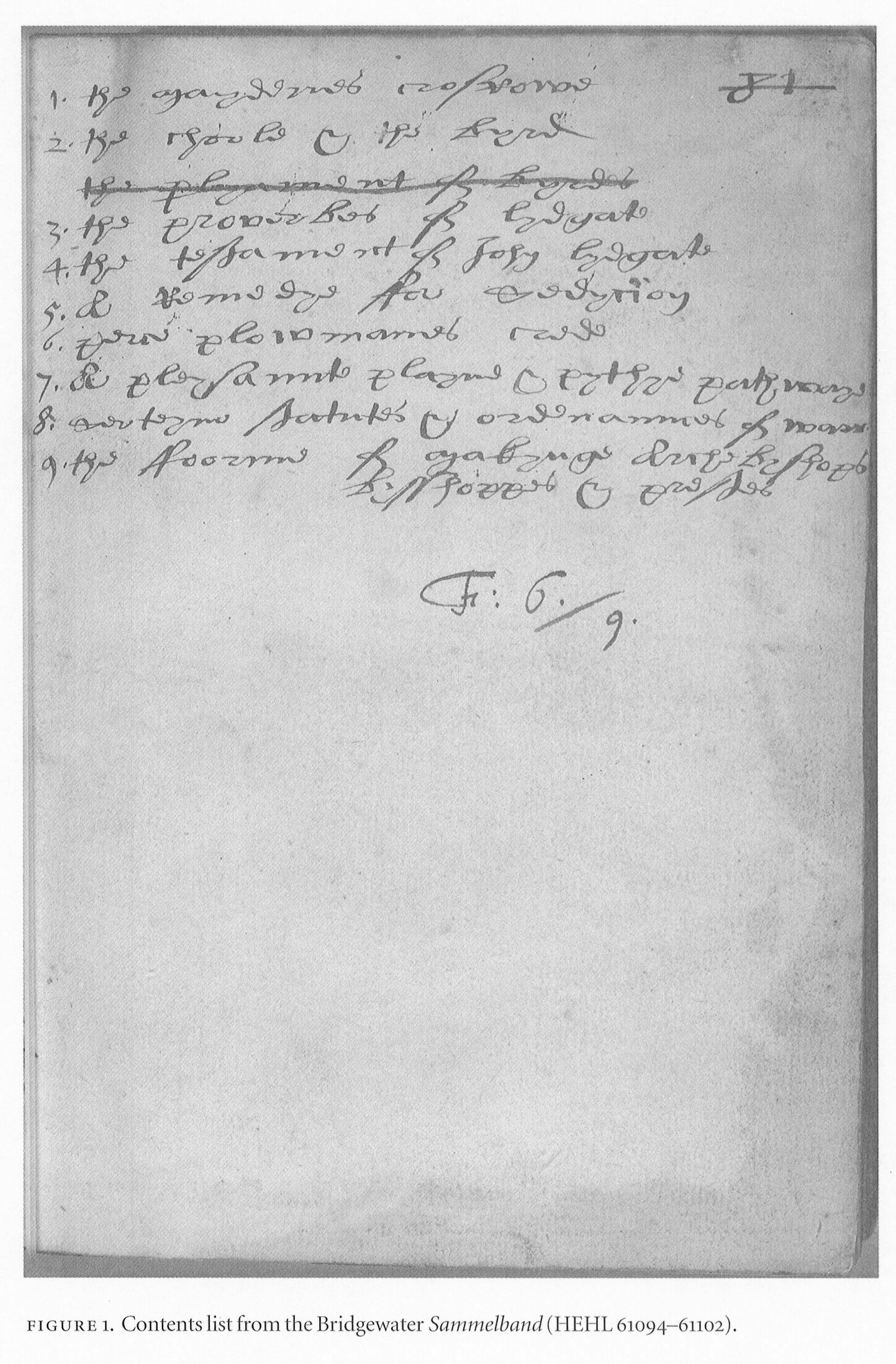Metadata


(from https://search.proquest.com/docview/215267313?accountid=10267)
On June 5, 2013, The Guardian published an article claiming that the NSA was collecting, among other things, the metadata for many of Verizon's customers' phone calls. This metadata can include information such as who was called, how long each call lasted, from where the call was made, and other data related to a phone call1. Though this data does not contain the content of the phone call itself, the metadata can tell us quite a bit about a call and those making it, so much so that this collection of metadata was described in the article as a "highly invasive" breach of privacy.
One of the pictures included here is the metadata that is easily accessible to me of a digital photo I took with my phone. The photo is visible in the background, while the foreground describes all sorts of information about the photo that is not in the photo itself. This plethora of data includes when and where the photo was taken (though I did not enable location data for this image), what the picture is of (information somehow supplied automatically), and numerous details about the camera and the process of capturing the image.
Though the term 'metadata' typically appears within digital contexts, the concepts are significant and quite prominent within the manuscripts themselves. Pictured above is a page from a manuscript referred to as the Bridgewater Sammelband, which is a collection of stories. This page serves as a proto-table of contents, it describes the contents of the manuscript2. Another source of important metadata is the occasional colophon, provided by the scribe when copying the book. The colophon could detail when, where, why, and by whom a manuscript was composed3. The manuscript was a place of experimentation for this kind of metadata, as manuscripts were unique: one fantastic example of this comes from a book of Icelandic poetry in Cornell's Division of Rare and Manuscript collections: only every other page was numbered, what we might think of as page three was labeled page two, our page five was marked with a three, and so forth.